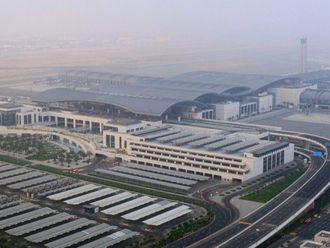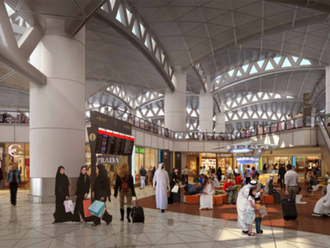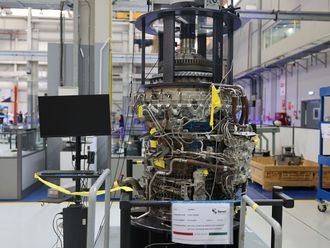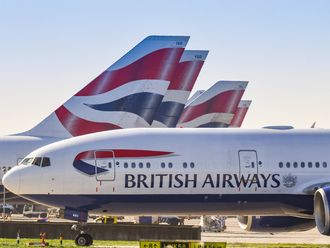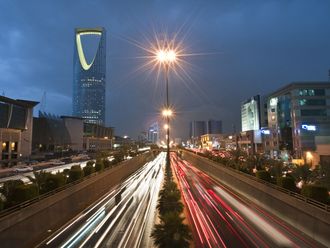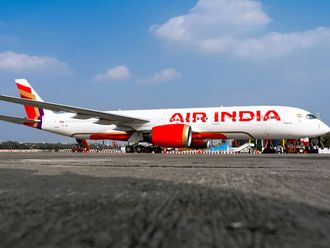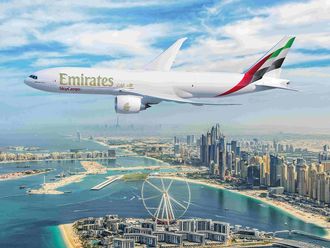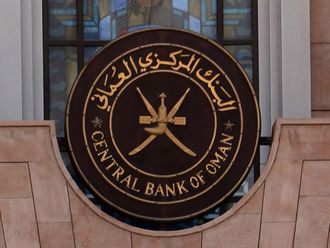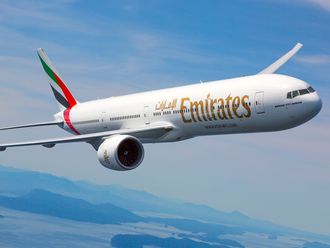Dubai:
Dubai surpassed London’s Heathrow Airport as the busiest in terms of passengers. Here is a brief on important milestone in the life of Dubai Airport so far.
1959: Work to build Dubai International began on a vast expanse of a wasteland some four kilometres from what was then the edge of the city of Dubai.
1960: The airport was opened and was capable of handling aircraft up to the size of a DC-3.
1963: Work to build an asphalt runway began. It was opened in 1965 together with numerous other newly-built or refurbished facilities.
1969: Dubai International accommodated nine airlines serving a total of 20 destinations.
1970: The 1970s witnessed many developments across Dubai International, starting with a new three-storey terminal building, a new control tower, additional taxiways, lengthening of the runway, extension of aprons, airfield lighting and landing instruments.
1980: On December 23, 1980, Dubai International became an ordinary member of the Airports Council International (ACI) as well as the International Civil Aviation Organisation (ICAO).
1984: The second runway, equipped with the latest meteorological, airfield lighting and instrument landing systems to give the airport a Category II classification, was opened in April 1984.
1998: Terminal 2 was opened, increasing Dubai International’s capacity by two million passengers per annum.
2000: The opening of Sheikh Rashid Terminal, also known as Terminal 1, marked the start of a new chapter in Dubai’s aviation history. Built as part of the first phase of the general expansion project at a cost of Dh2 billion, the terminal increased the airport’s capacity from 10 million to 23 million.
2002: Dubai International was ranked the second fastest growing airport in the world according to ACI traffic statistics. The facility handled around 18 million passengers in 2003 and was established as the aviation hub of the Middle East.
2015: Dubai Airports become the world’s busiest airport for international travellers, toppling London’s Heathrow.


